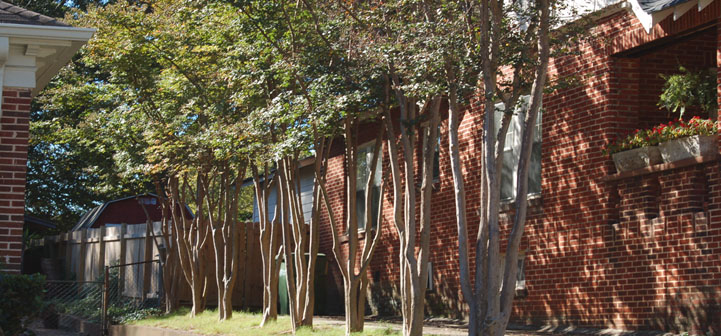Reviewed and revised on 11/15/2013
Natural light can contribute to energy savings inside the home by reducing the need for artificial lighting powered by energy sources. Structures with a long east-west axis and a concentration of windows on the southern exposure receive the maximum benefit from daylight. Windows with low-emissivity (Low-E) glass provide the opportunity for optimum natural lighting while reducing heat gain in the summer and heat loss during the winter months.
Recommendations for the amount of southern windows vary by region. Assuming that the structure is well insulated, non-south windows should be limited to approximately 10-15% of the total window area, providing a balance between energy loss through window openings and effective natural lighting of rooms.
Well placed deciduous trees that loose leaves during the winter can shade southern exposures to reduce summertime heat while allowing natural light to enter the home. Roof overhangs, eaves, and dormers also provide shade while admitting natural light inside. Light colored finishes and building materials allow daylight to bounce off of surfaces and penetrate deeper into rooms.
Design strategies for daylighting include clerestories, monitors, deep well skylights, solar light tubes, and light shelves. Clerestories rise above the roof of the rest of the structure and include windows that admit daylight to the interior. Monitors are similar to clerestories, but include glazing on multiple sides.
Deep well skylights provide an opportunity for incoming daylight to be diffused and reduce heat gain from direct sunlight. The depth of a skylight well is an important part of the overall daylighting strategy of a home.
Solar light tubes are clear or tinted domes coupled with a reflective tube, resulting in diffused natural light that enters the home with little solar heat gain. Light shelves are horizontal structures that extend beyond the surface of the building, shading glazing and evenly distributing light and reducing glare. Light shelves, when properly sized, aid in the deeper penetration of natural light into interior spaces while reducing glare by blocking the occupants’ view of the sky.
When determining the furniture layout of rooms, consider placing items required for tasks in places that allow you to take advantage of natural light. For example, locate reading chairs, desks, or sewing machines near windows where people performing those tasks can most benefit from daylighting.
